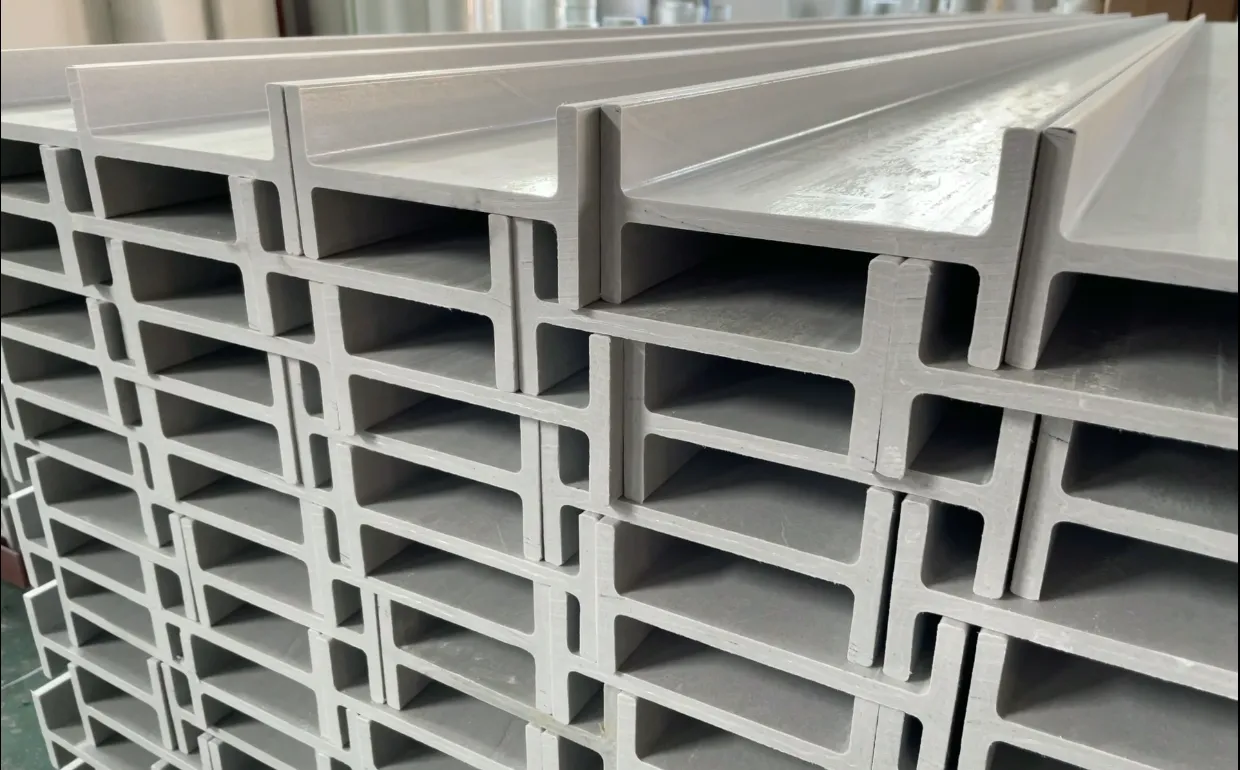loading...
- No. 9, Xingyuan South Street, Dongwaihuan Road, Zaoqiang County, Hengshui, Hebei, China
- admin@zjcomposites.com
- +86 15097380338
- Welcome to visit our website!
building a safe deck
Building a Safe Deck Essential Considerations for Homeowners
A deck can be one of the most cherished spaces in a home, providing a perfect venue for relaxation, social gatherings, and enjoying the outdoors. However, before you dive into the fun parts of designing and decorating your deck, it’s crucial to prioritize safety. A safe deck not only protects your loved ones but also enhances the longevity and functionality of your outdoor space. Here are several essential considerations to ensure your deck is built safely and soundly.
1. Planning and Design
Before any construction begins, thoughtful planning is crucial. Start by determining the size and location of your deck. Ensure that it complements your home’s architecture and the landscape. Consider local building codes and regulations, as these can provide guidelines on dimensions, materials, and safety features required. Consulting a professional can be beneficial to navigate these regulations and create a design that maximizes safety and usability.
2. Choosing Quality Materials
The materials you choose for your deck play a significant role in its safety and durability. Opt for high-quality, treated wood or composite materials that resist rot, mold, and insects. Keep in mind that not all wood is created equal; some types, like cedar or redwood, are more durable than others. Furthermore, non-slip finishes and textures are recommended for decking surfaces, especially in wet climates, to reduce the risk of slips and falls.
3. Proper Structural Support
One of the most critical aspects of deck safety is ensuring that the structure is sound. The framework must be built on a solid foundation, typically with concrete footings. The support beams, joists, and posts should be adequately spaced and constructed to bear the expected load, which includes furniture, people, and environmental factors like snow or wind. Hiring a structural engineer or consulting with a builder can help you determine the best specifications for your project, ensuring your deck will withstand the test of time.
4. Safety Railings and Barriers
building a safe deck

If your deck is elevated, installing safety railings is a must. These railings should be sturdy, between 36 to 42 inches high, and able to withstand pressure to prevent accidents. Consider using horizontal slats or materials that don’t allow small children or pets to slip through. Additionally, steps leading up to the deck should have handrails that provide stability for users, reducing the chance of falls.
5. Managing Water Drainage
Water can be a significant enemy for decks if not properly managed. It can lead to wood rot, mold growth, and structural issues over time. Ensure that your deck has proper drainage, directing water away from the structure. Consider installing a slight slope on the deck surface and utilizing gutter systems to manage rainwater. Regular maintenance, including cleaning gutters and inspecting the deck for standing water, will also help extend its life.
6. Regular Maintenance Checks
Safety doesn’t stop once your deck is built. Regular maintenance checks are essential to ensure the continued safety and integrity of the structure. Routine inspections should include checking for loose boards, rust in fittings, and signs of rot or insect damage. Re-staining or sealing the wood can prevent moisture accumulation, while annual cleaning can help maintain the surface texture and appearance.
7. Creating a Safe Environment
Finally, consider the overall environment surrounding your deck. Keep the area clear of hazards like sharp tools, loose cables, or slippery materials. This consideration extends to outdoor furniture; ensure it’s stable and won’t tip over easily. If you have small children or pets, create designated boundaries to keep them safe while allowing them to enjoy the outdoor space.
In conclusion, building a safe deck is a multifaceted process that requires careful consideration from planning to maintenance. With the right materials, structural integrity, and ongoing care, you can create a beautiful and inviting outdoor space that you'll enjoy for years to come. Prioritizing safety not only protects your loved ones but also enhances the overall enjoyment of your home. So take the time to plan, execute, and maintain your deck with safety as a priority, and you will build a space that is both functional and secure.
-
The Rise of FRP Profiles: Strong, Lightweight, and Built to LastNewsJul.14,2025
-
SMC Panel Tanks: A Modern Water Storage Solution for All EnvironmentsNewsJul.14,2025
-
GRP Grating: A Modern Solution for Safe and Durable Access SystemsNewsJul.14,2025
-
Galvanized Steel Water Tanks: Durable, Reliable, and Ready for UseNewsJul.14,2025
-
FRP Mini Mesh Grating: The Safer, Smarter Flooring SolutionNewsJul.14,2025
-
Exploring FRP Vessels: Durable Solutions for Modern Fluid HandlingNewsJul.14,2025
-
GRP Structures: The Future of Lightweight, High-Performance EngineeringNewsJun.20,2025
